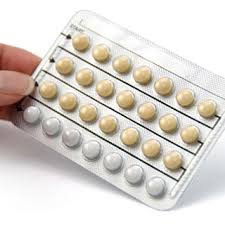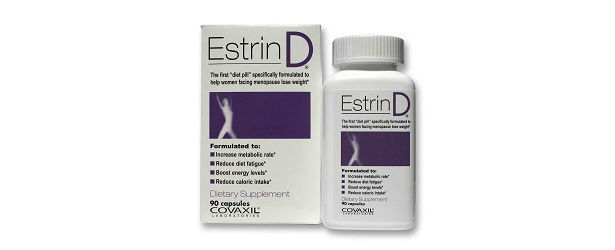
Medical Menopause Treatments
Women struggling with menopause can take comfort in knowing that they have multiple treatment options available to them.Some treatments contain hormones, while others do not: each provides its own form of relief. Consult with your doctor to help you decide which type of treatment is best for you.
 Your treatment choices will typically depend on the frequency and severity of your symptoms, and whether these symptoms cause you any pain (note: while menopause often cause discomfort, menopause symptoms should never involve any pain). This article reviews a few available options you may want to ask your doctor about. These options involve both hormonal and non-hormonal treatments.
Your treatment choices will typically depend on the frequency and severity of your symptoms, and whether these symptoms cause you any pain (note: while menopause often cause discomfort, menopause symptoms should never involve any pain). This article reviews a few available options you may want to ask your doctor about. These options involve both hormonal and non-hormonal treatments.
Non-Hormonal Treatments
The following menopause treatments do not involve the use of hormones:
Antidepressant Medications can help control the emotional issues that frequently accompany menopause and help manage symptoms such as depression, hot flashes, mood swings, and irritability. Ask your doctor if antidepressants may be an option for you.
Clonidine is a medication commonly used to manage high blood pressure, but it can also help reduce the amount and intensity of hot flashes you experience. Some women experience side effects caused by low blood pressure during menopause.
Gabapentin is an anti-seizure drug that can help reduce the amount and intensity of hot flashes a woman may have. There are potential side effects to Gabapentin, including sleepiness, swelling, and dizziness.
Hormonal Treatments
Since menopause is caused by the reduction of female hormones, it is common to treat menopause symptoms with a variety of hormone therapies.
 Birth Control Pills can help regulate your menstrual cycle throughout the perimenopause stage; they can also help control extremely heavy periods. However, if you have a history of blood clots or are a smoker, avoid birth control pills since they increase the chances of stroke.
Birth Control Pills can help regulate your menstrual cycle throughout the perimenopause stage; they can also help control extremely heavy periods. However, if you have a history of blood clots or are a smoker, avoid birth control pills since they increase the chances of stroke.
Progestin pills or Levonorgestrel IUD (Intrauterine Device) release a type of the female hormone progesterone inside the uterus via an IUD in order to reduce heavy or irregular menstrual periods during perimenopause. Some women report side effects from IUDs, however, so check with your doctor to be sure it is safe for you.
Low-dose vaginal estrogen can be taken in tablet, ring, or cream form. It reduces weakening of the vagina and urethra, and prevents vaginal dryness without putting high doses of estrogen into your body.
Hormone Replacement Therapy: HRT comes in a patch, a gel, a cream, a pill, or vaginal ring. Hormone replacement therapy can cause numerous side effects, so most doctors only prescribe the lowest doses to treat menopause symptoms.
There are a variety of medical options available to women to treat menopause symptoms. However, talk to your doctor to decide which option will work best for you. Menopause symptoms vary for every woman in their severity and duration, so the best treatment is unique for each woman. Each woman has her own individual blend of symptoms, so it’s up to you and your doctor to treat your individual symptoms most effectively.
TOP 5
MENOPAUSETreatments |
|||||
| MenoClear | Menozac | Avlimil | Promensil | Balance Point | |
|---|---|---|---|---|---|
| 1 | 2 | 3 | 4 | 5 | |
| Price (1 bottle) Price (6 bottles) Best Value |
$49.95 $135.70 |
$49.95 $299.95 |
$29.95 $149.00 |
$35.95 $215.70 |
$39.95 $239.70 |
| Overall Rating | 99.60% | 88.20% | 80.90% | 77.80% | 69.10% |
| Effectiveness |





|





|





|





|





|
| Speed of Results | Extremely Fast | Good | Average | Average | Slow |
| Quality of Ingredients | Premium | Good | Good | Average | Average |
| Customer Satisfaction Evaluation | 99.00% | 86% | 80% | 75% | 66% |
| Safety Evaluation | Safe for Use | Safe for Use | Safe for Use | Safe for Use | Safe for Use |
| Customer Service Rating |





|





|





|





|





|
| Reorder Rate | Highest | Good | Good | Average | Average |
| Return Policy | Risk Free | Unused + Restocking Fee | Risk Free | No | Risk Free |
| Success Rate | 99% | 85.20% | 78% | 74% | 67% |

 Subscribe Now
Subscribe Now










